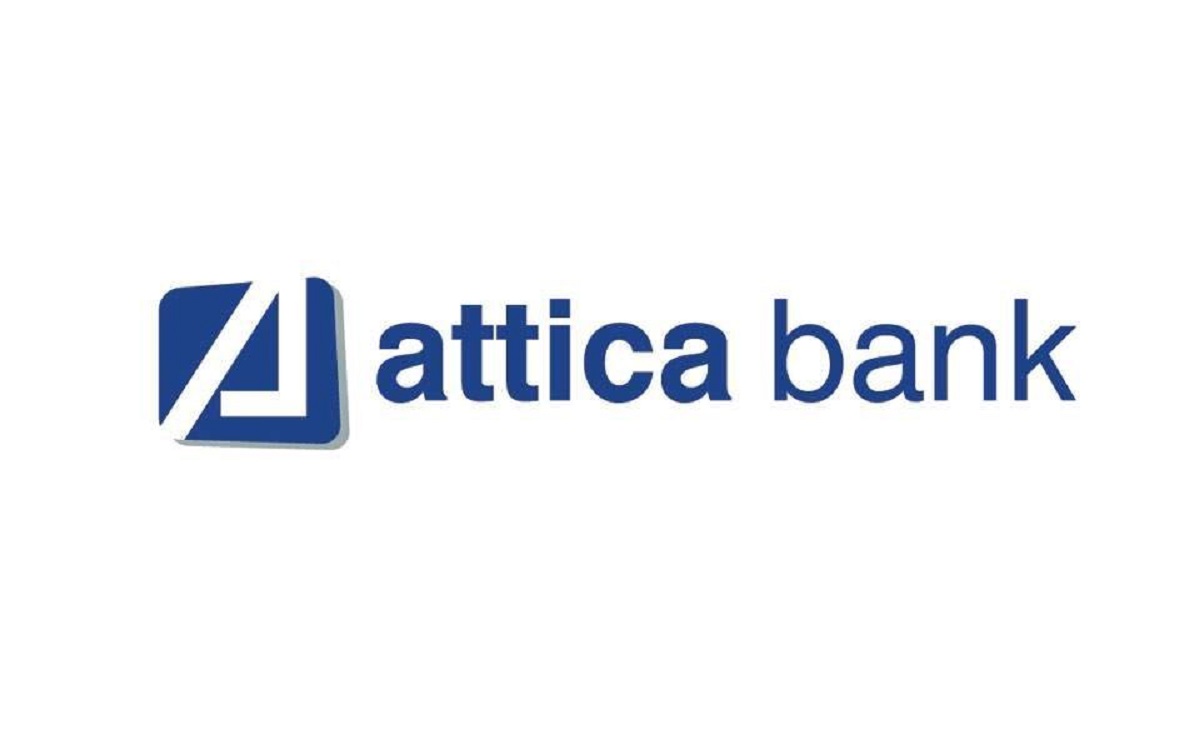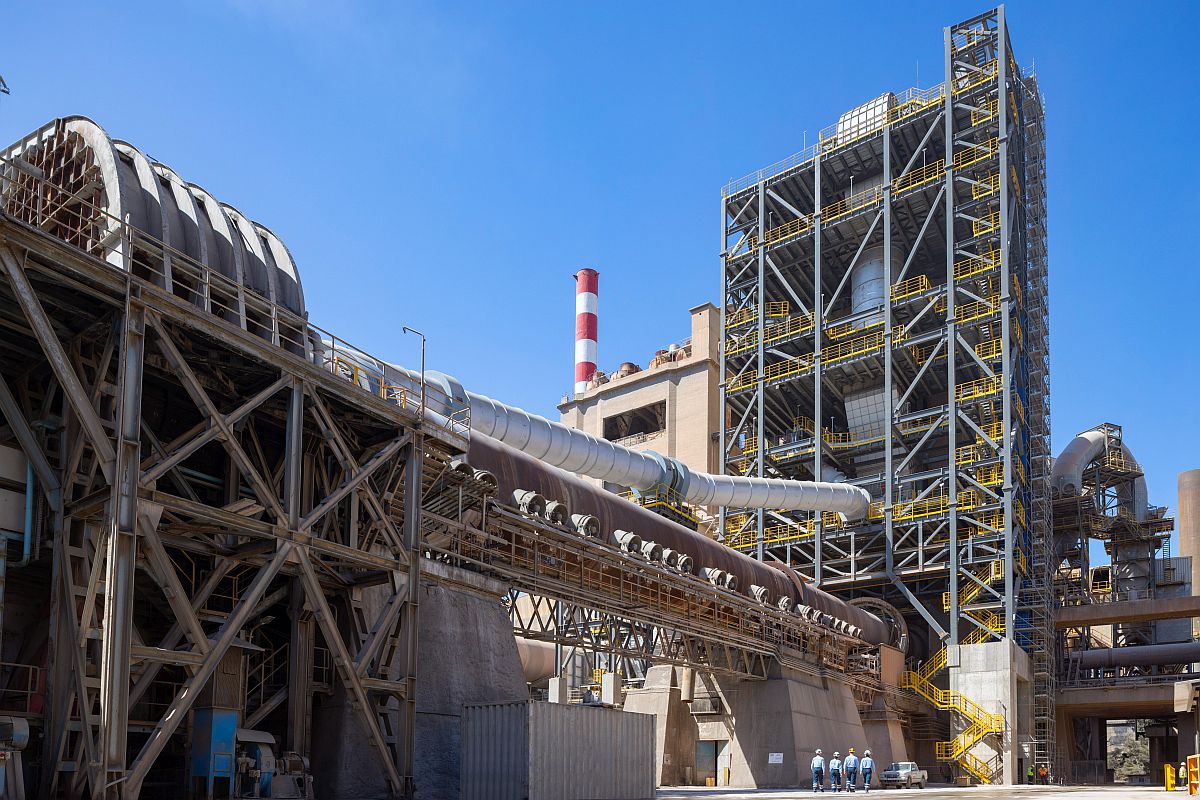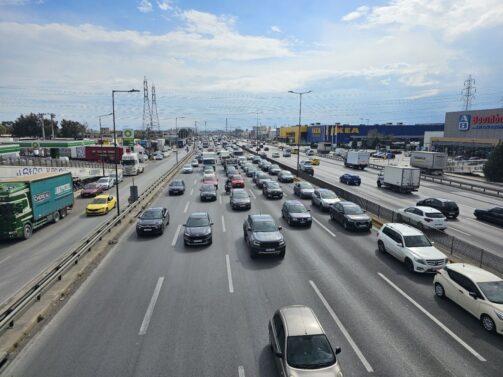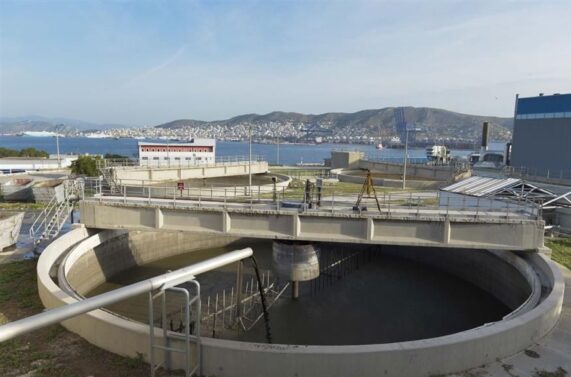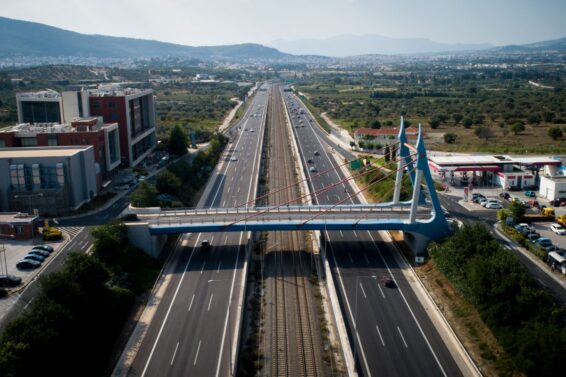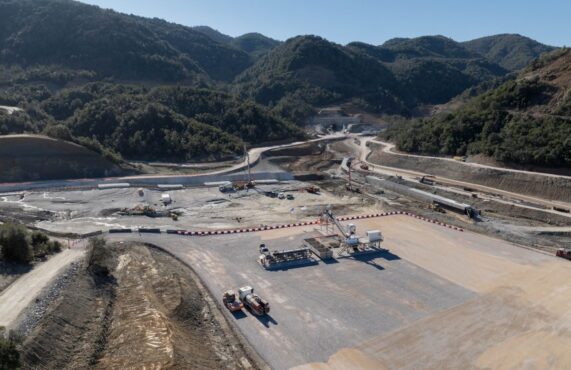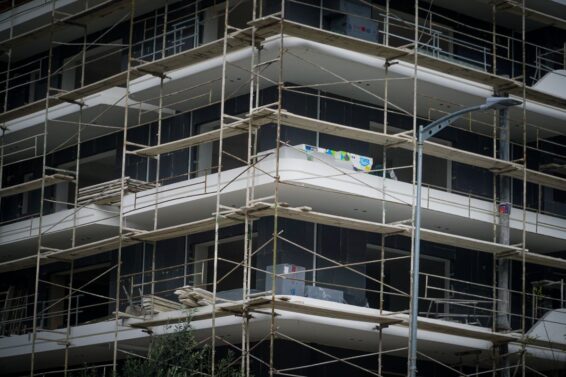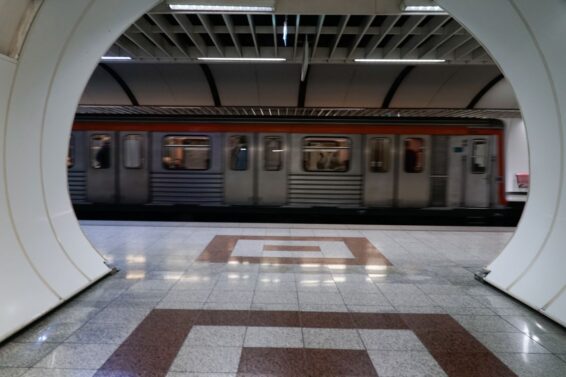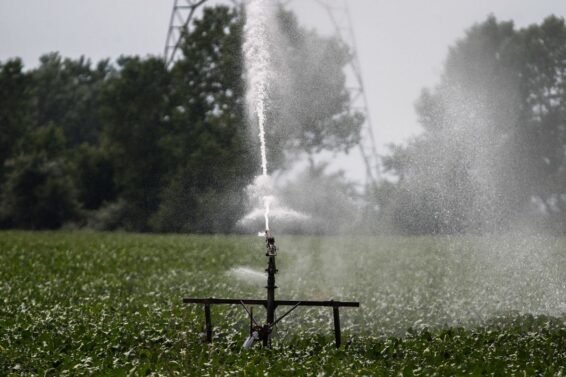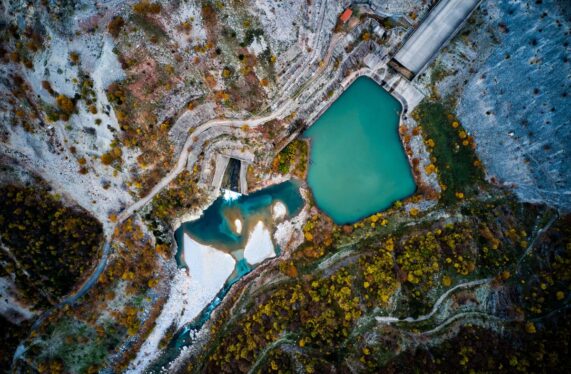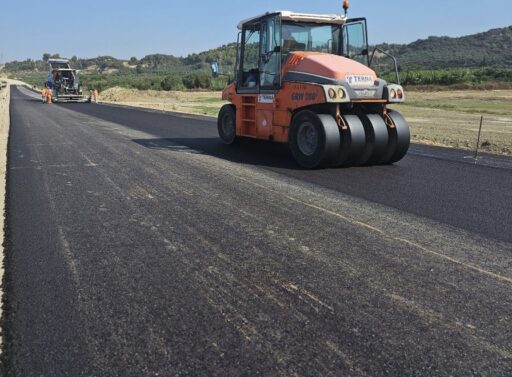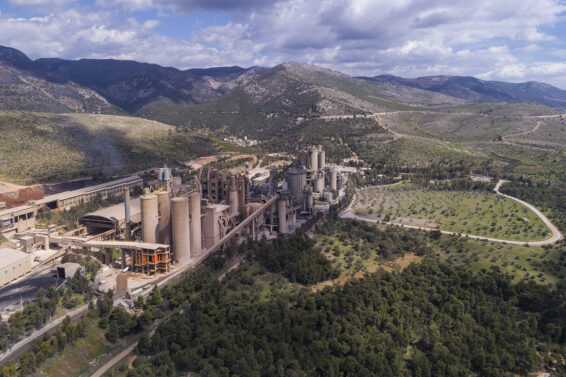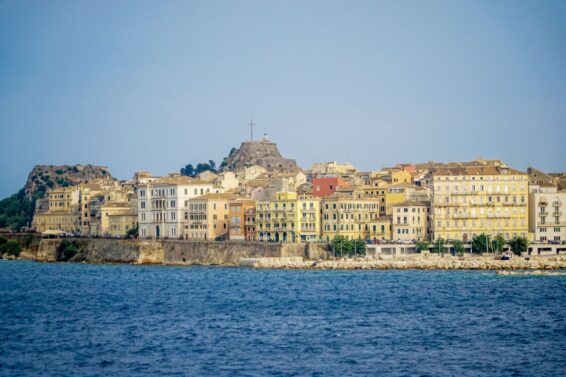The completion of Greece’s motorway network has created questions as to where the country should focus next, regarding large-scale infrastructure projects. Of course, road works is an ongoing process, but from now on we will be talking for complimentary projects as the network’s backbone is essentially completed.
It is also a fact that EU has adopted a clear orientation towards railway projects, aiming to promote the continent’s interconnectivity. Greece has several and costly railway projects underway, most important of which being the upgrade of Athens-Thessaloniki corridor (to be completed in 2018) and the electrification of Athens-Patra line (up to Eghio, in 2020).
ERGOSE will tender a series of new projects under NSRF and CEF funding, reaching 487mn euros for 2018 and 2019. In total, we expect a “project pack” worth more than 800mn euros that will re-shape the country’s railway network till 2022-23.
But, as Patras-Athens-Thessaloniki-Promachonas (northern borders) main corridor gradually proceeds to its definite completion, new strategic plans are needed for the next generation network expansions.
“Railway Egnatia” is a forsaken project for more than 2 years now. It has been accused as “pharaonic” but, in my opinion, it would be a project with a vision and pivotal importance for Greece, that, best case scenario, could be completed in more than 2 decades from now.
High-rank officials from the European Commission have expressed their concerns with regard to the project’s maturity, although they would encourage its implementation starting from Greece’s eastern borders to Thessaloniki.
In this framework, a new “Mediterranean design” is being considered that could facilitate the connection of the railway line with the main cities’ ports where the train runs across (Alexandroupoli-Kavala-Ksanthi). An additional upgrade of Ormenio-Alexandroupoli line is also included in this railway “masterplan”. Nevertheless, the cost of such projects could soar as high as 2bn euros.
The proximity of the line both to the coastal front of Northern Greece and the borders (Promachonas and Svilegrad) could guarantee the success of the line that would function primarily as cargo transit and secondarily as a commercial one.
As infrastructure is being upgraded and completed, more needs are generated for its interconnectivity across the country. Connection to Albania and, through the Balkans, Northern Europe could present a very attractive alternative route for approaching the southeastern end of the continent.
Another very interesting project could be “Attiki Detour” with the railway line Thriassion-Thiva. Based on OSE officials’ projections for 5.5mn containers until 2019, railway infrastructure of the country’s capital region, Attica, could be congested quite rapidly. This, along with Ferrovie’s development plans over the next years, constitute an additional challenge asking for more railway projects (costing more than 500mn euros) to combat the forthcoming “boom”.
Last but not least is the region of Peloponnese, featuring an essentially abandoned and obsolete network. An extensive overhaul of the line from Patras to Pyrgos and Ancient Olympia is in the plans here, along with the upgrade line to Kyparissia and the re-operation of the line to Nafplion.
Railway projects seems to be the future of EU’s next generation infrastructure projects, that could secure funds more easily. The country has a valuable opportunity to pursue projects that will improve the quality of life and invigorate the economy both in the areas close to the railway network and even further, always provided that a solid strategy will be followed by the local decision makers.
Nikos Karagiannis-ypodomes.com
Follow Nikos Karagiannis on Twitter
ΜΗΝ ΞΕΧΑΣΕΤΕ
- Ακολουθήστε το ypodomes.com στο Google News και μάθετε πρώτοι όλες τις ειδήσεις για τις υποδομές στην Ελλάδα
- Αν είστε επαγγελματίας του κλάδου, ακολουθήστε μας στο LinkedIn
- Εγγραφείτε στο Ypodomes Web TV

